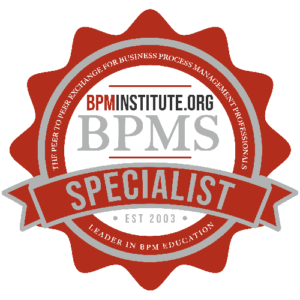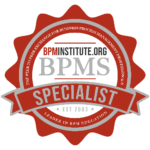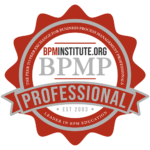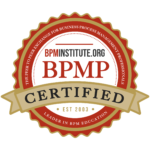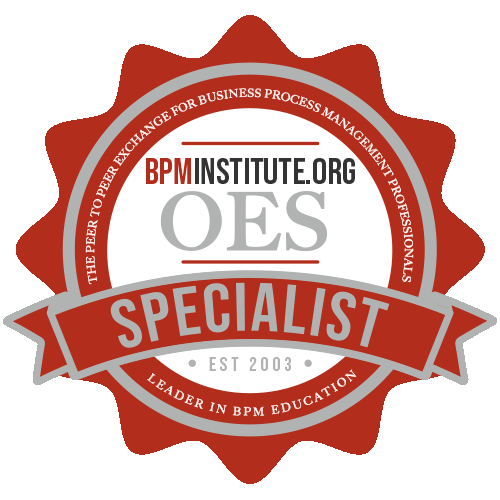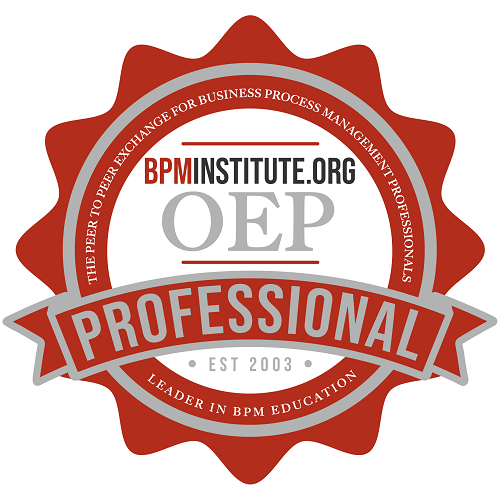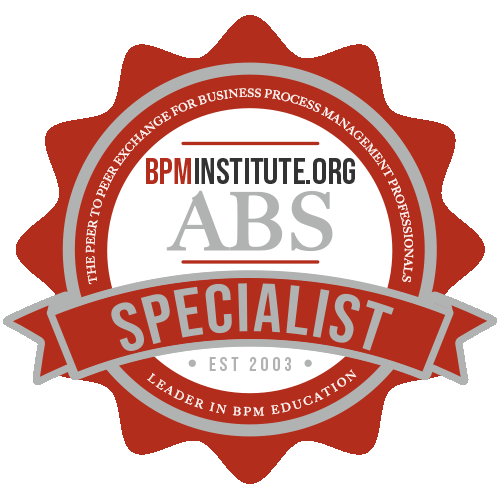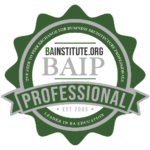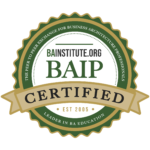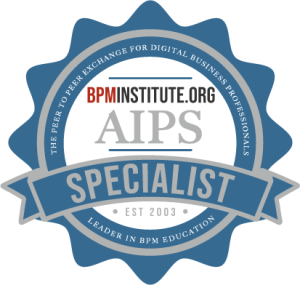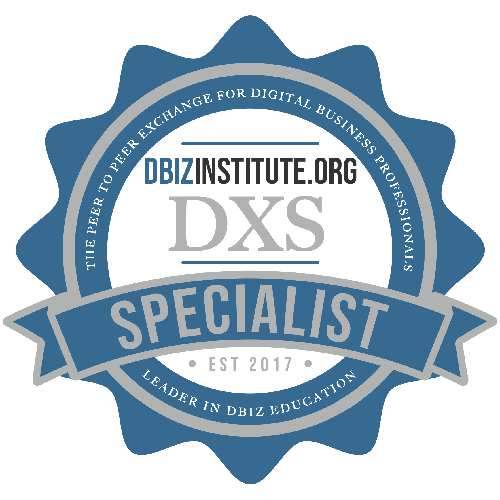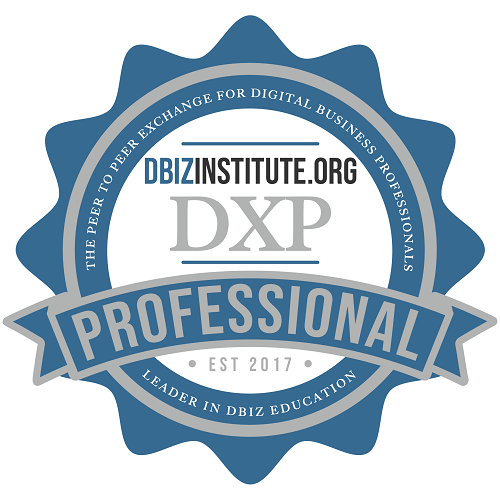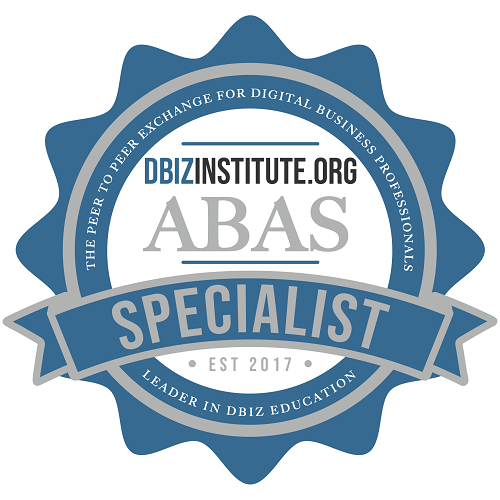Home / Resources
Resources
Discover a Wealth of BPM Knowledge and Expertise at BPMInstitute.org!

Business Rules for Business Transactions: The Hidden Value of Event-Driven Business Rules Engines
Business Rules Engines (BREs) have been getting more attention over the last few years. Seen as a way to increase the visibility and accessibility of a business’ core policies as they exist in applications and ensure a stronger alignment of business priorities and application systems, these engines are being used to automate a company’s business rules in a consistent and cost-effective manner.
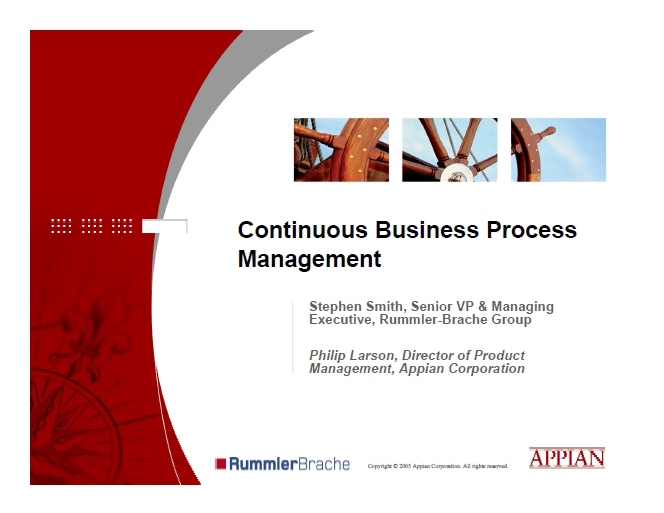
Continuous Business Process Management
In today’s global economy, the pressure to deliver short-term business results is intense. The key to producing these performance results lies in your enterprise processes. Organizations must continuously manage and optimize their internal and external business processes to deliver targeted results in real time.
Emerging as the next-generation of business process management (BPM) technology, BPM suites are specifically suited to enable continuous BPM and facilitate organizational agility.
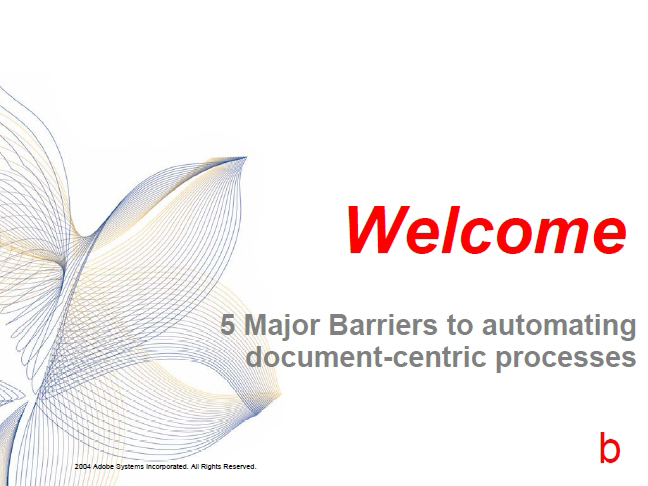
Automating Document-Centric Processes with Adobe Intelligent Documents
Integrating human-to-system and system-to-system touch points are major drivers for business innovation. In speaking with our customers, we understand the critical process-related challenges organizations face every day like meeting customer demands, increasing operational efficiencies and meeting policy and compliance mandates. Join us to discover how Adobe PDF and Intelligent Documents can streamline document-centric processes and integrate them with existing enterprise systems leveraging workflows, business rules, Web services and BAM.

BPM: Think Strategically Yet Buy Tactically
The market for Bus Process Mgt Suite (BPMS) tools is still an early, emerging market with over 150 software vendors vying for leadership. Typical of emerging markets, there will be multiple waves of consolidation over the next 2-5 years, as buyers become savvier and...

Accelerating BPM with Business Rules
Business rules, whether they are stated explicitly or implicitly, contain all of your organization’s business knowledge. Expressing and defining your business rules will allow the most benefit from a BPM initiative.
Barbara von Halle is the founder of Knowledge Partners, a company specializing in business rules services. Her most recent book, “Business Rules Applied” is the first book to contain a systematic approach for delivering business rules systems.
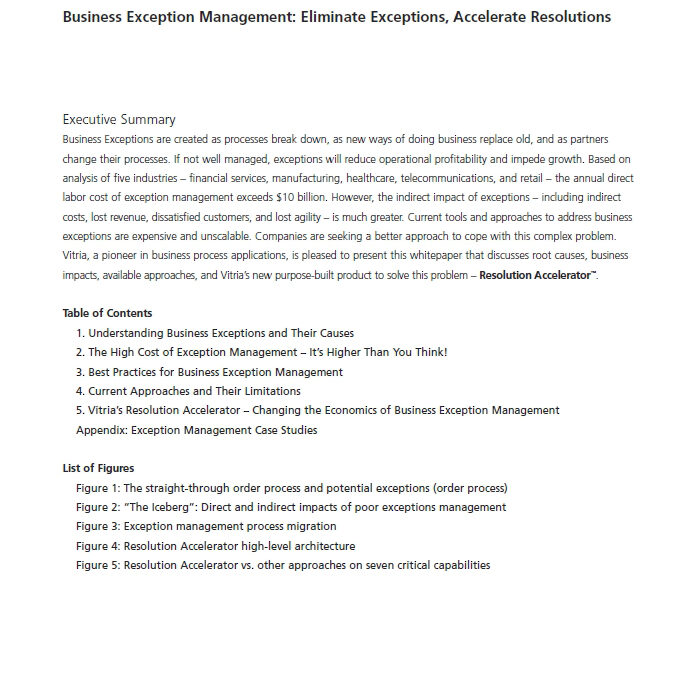
Business Exception Management: Eliminate Exceptions, Accelerate Resolutions
Business Exceptions are created as processes break down, as new ways of doing business replace old, and as partners change their processes. If not well managed, exceptions will reduce operational profitability and impede growth. The annual direct labor cost of exception management exceeds $10 billion. However, the indirect impact of exceptions – including indirect costs, lost revenue, dissatisfied customers, and lost agility – is much greater.
So, What Is A Source Rule Repository Anyway?
Organizations today are constantly reviewing IT projects to focus on those projects that will provide value to the success of the business. In addition, there are external pressures affecting business projects, such as the increasing rate of business change due to mergers and acquisitions, intense global competition, the opportunity and challenges of offshore systems development, and strict regulatory requirements such as the Sarbanes-Oxley Act, the USA PATRIOT Act and HIPAA. These increasing business pressures have led to the growing adoption of a business rules approach across industries.

The Fast Track: From Buried Business Rules to Managed Business Rules (KPI RMM™ Level 0 to 2 in a year)
How does a conservative government organization fast track a paradigm shift? One method that has worked well is to keep the change process so simple that the lure of it is irresistible. This is precisely how it happened at the New York State and Local Retirement System (NYSLRS). The paradigm shift is one towards Business Rule Management (BRM). The change process is the User-defined Function Approach (UDFA). The measurement of success was provided by Barbara von Halle, founder of Knowledge Partners, Inc (KPI).
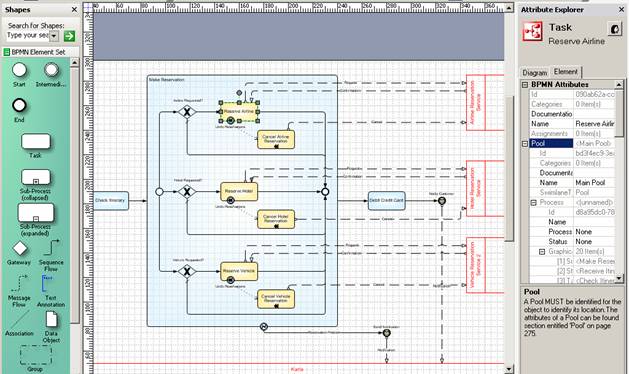
BPMS Watch: Is Visio Your Next BPMS Design Tool?
Before the advent of business process management systems (BPMS), there was a clear distinction between business process modeling and BPM application design. “Modeling” involved a set of tools for business analysts used to discover, diagram, analyze, and optimize business processes, often in concert with some formal methodology. The ultimate output of this effort, if used to create an automated BPM solution at all, served mainly as a “requirements document” that would (hopefully) be referenced by IT in the solution specification and design.

Business Process Management and Becoming an Adaptive Organization
Companies seeking to incorporate BPM into their culture are integrating and optimizing end-to-end business processes that span traditional IT systems’ boundaries. This trend mandates the adoption of process orientation and the exploration of BPM as a technology to orchestrate, optimize and increase the flexibility of business processes along with the overall integration strategy of the organization. However, the current BPM space is not mature, and getting started is difficult.
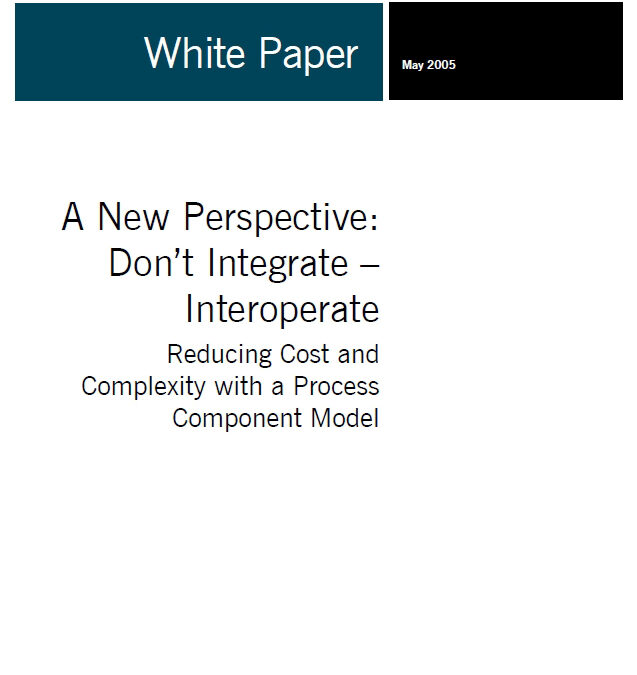
A New Perspective: Don’t Integrate – Interoperate Reducing Cost and Complexity with a Process Component Model
Integration is all too often seen as the only answer to the problems facing organisations. These problems typically involve the historic implementation of systems and applications, which were installed to solve specific issues. However, if organisations solve the problems of the now without regard to the future, then they are simply wasting resource in a bid to maintain a certain position.

Are You Ready For Extreme Competition? The Process Centric Culture
In the first webinar, we’ll discuss that to be able to truly compete in the 21st century, organizations have to be able to react quickly to changing business conditions, be flexible in approaches to competition and manage resources effectively.
This webinar will address how to create and manage the evolution of a process-centric culture within your organization that makes your business better suited to compete in today’s world of extreme competition. Attendees will learn how best practices, centers of excellence and real execution sponsorship are becoming the critical success factors for the 21st century’s industry leaders.
Are You Ready For Extreme Competition?
SOA Management and SOA ROI
Many enterprises are chasing the dream of real-time operations to contend more effectively in a hyper-competitive market. This dream entails flexible business processes, just-in-time products, and on-demand services that are all driven by marketplace events and shifting customer demands. This dream is impossibly expensive to achieve without software to automate the processes and functions that make up a business’ engine. The trick is to shrink software development and integration times to next to nothing and making operational management efficient.
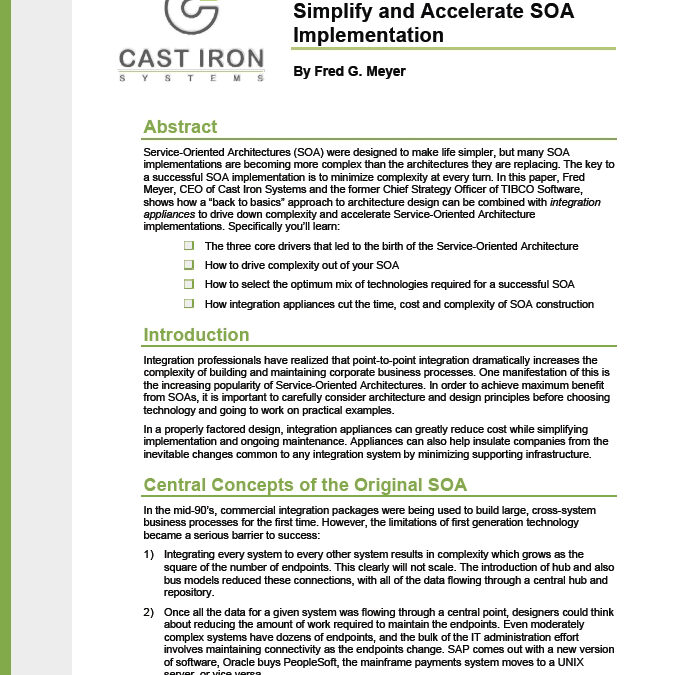
How Integration Appliances Simplify and Accelerate SOA Implementation
Service-Oriented Architectures (SOA) were designed to make life simpler, but many SOA implementations are becoming more complex than the architectures they’re replacing. To achieve maximum benefit from your SOA, it’s crucial to keep up with architecture and design principles, plus newer SOA technologies like integration appliances, that actively drive simplicity and project acceleration.

Business Performance Management Meets Business Process Management
![]()
This interview originally appeared in the members only BPM Strategies Magazine. Join today to receive your own copy.

Best Practices in Business Process Management
Business process management is a top priority for organizations today. The BPM market is hot and it is important to know what the basic steps of BPM strategy are and who the vendors are and what they offer. The scope of what BPM is and what it can do for your organization is changing. There is still a lot of hype, so everyone needs to know who is doing what, and how well it works. Every organization needs a BPM strategy and a comprehensive deployment plan.
The Customers Win through BPM
Forrester defines BPM as: The designing, executing and optimizing of cross-functional business processes that incorporate systems, processes and people.
BPM systems are being used with increasing frequency inside organizations to improve the effectiveness of their core operations.

The Fast Track: From Buried Business Rules to Managed Business Rules (KPI RMM Level 0 to 2 in a year)
How does a conservative government organization fast track a paradigm shift? One method that has worked well is to keep the change process so simple that the lure of it is irresistible. This is precisely how it happened at the New York State and Local Retirement System (NYSLRS). The paradigm shift is one towards Business Rule Management (BRM). The change process is the User-defined Function Approach (UDFA). The measurement of success was provided by Barbara von Halle, founder of Knowledge Partners, Inc (KPI).

An Incremental Approach to Enterprise Decision Management
Enterprise Decision Management (EDM) offers organizations the opportunity to lift performance in many areas of operations. Wherever business processes involve complex decisions, and these decisions must be made rapidly, in high volumes and under changing conditions, EDM will improve results.

Introducing a Cornerstone of the Business Rules Approach: The Rule Maturity Model
Business rules represent an important organizational knowledge asset. But this does not imply that it is appropriate for an organization to harness and manage all of its business rules in a formal way. Rather, an organization should identify the important business...
